India, with its diverse climate and ecosystems, is home to an incredible variety of insects. These tiny creatures are crucial to the environment, contributing to pollination, pest control, and nutrient cycling. While some are beneficial, others can be pests. This article explores the top 10 most common insects in India, shedding light on their characteristics, habitats, and roles in the ecosystem.
1. Housefly
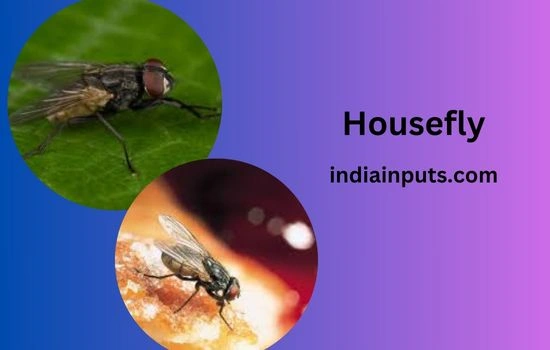
The housefly is one of the most common insects in India, often seen in homes, markets, and waste disposal areas. Despite being a nuisance, it plays an ecological role by aiding in decomposition.
Key Features:
- Size: 6-7 mm
- Color: Grayish with black stripes on the thorax
- Habitat: Urban and rural areas, especially near garbage or organic waste.
Importance:
- Assists in the breakdown of organic matter.
- Can spread diseases, making sanitation crucial to control its population.
2. Mosquito
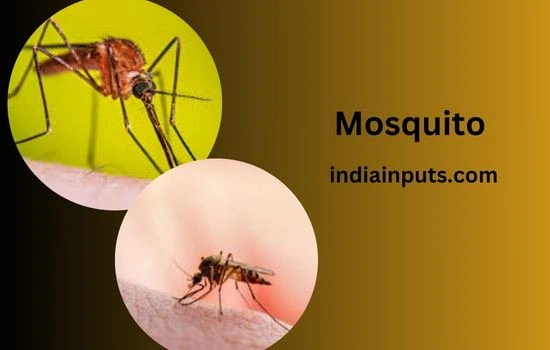
Mosquitoes are infamous for their role as disease vectors, spreading illnesses like malaria, dengue, and chikungunya. They thrive in stagnant water and humid climates.
Key Features:
- Size: 3-6 mm
- Color: Varies; often gray or brown
- Habitat: Stagnant water bodies, humid regions, and urban areas.
Importance:
- Females feed on blood, while males feed on nectar, contributing to pollination.
- Control measures are essential to prevent the spread of diseases.
3. Ants
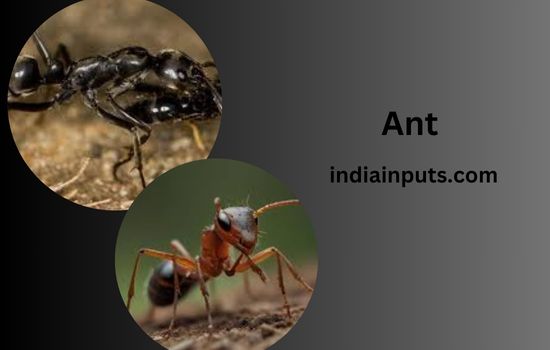
Ants are a ubiquitous presence in India, often seen forming trails on the ground, walls, and even inside homes. They are highly social insects with complex colonies.
Key Features:
- Size: 1-15 mm (depending on the species)
- Color: Black, red, or brown
- Habitat: Soil, trees, and human dwellings.
Importance:
- Aerates soil, enhancing its fertility.
- Acts as scavengers, cleaning up organic debris.
4. Cockroach
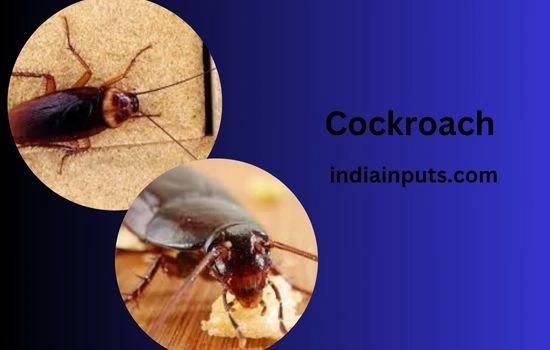
Cockroaches are resilient insects commonly found in households and urban areas. They are known for their ability to survive in diverse conditions.
Key Features:
- Size: 1-5 cm
- Color: Brown to black
- Habitat: Kitchens, drains, and dark, damp places.
Importance:
- Aids in the decomposition of organic matter.
- Can contaminate food and spread allergens.
5. Butterfly
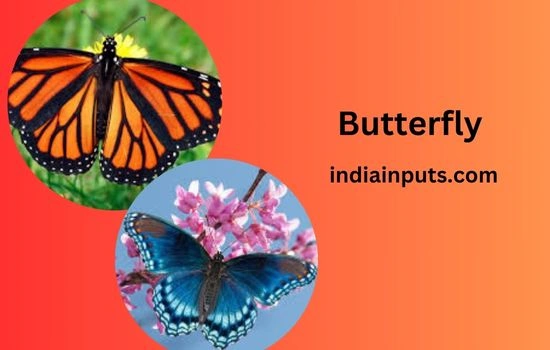
Butterflies are among the most beautiful insects in India, frequently seen in gardens and forests. They are essential pollinators and indicators of a healthy ecosystem.
Key Features:
- Size: 5-15 cm wingspan
- Color: Varies widely, often vibrant
- Habitat: Forests, gardens, and meadows.
Importance:
- Pollinates flowers, aiding in plant reproduction.
- Adds aesthetic and ecological value to the environment.
6. Honeybee
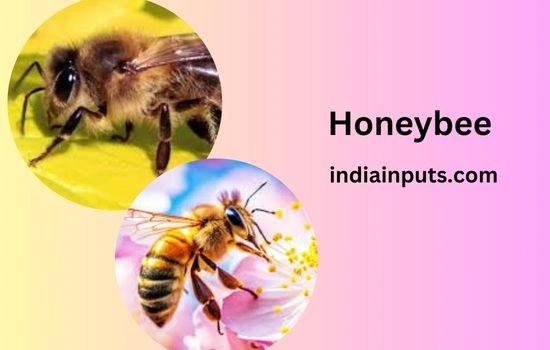
Honeybees are vital pollinators in agricultural and natural ecosystems. They are also valued for their production of honey and beeswax.
Key Features:
- Size: 12-15 mm
- Color: Yellow and black striped
- Habitat: Hives in trees, walls, or man-made structures.
Importance:
- Pollinates crops and wild plants.
- Produces honey, a key economic resource.
7. Grasshopper
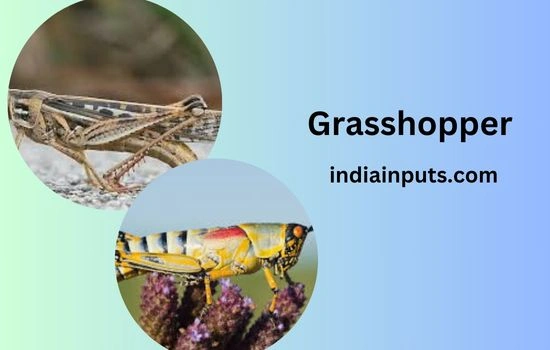
Grasshoppers are commonly seen in fields and grasslands. They are herbivorous insects known for their strong hind legs, which allow them to jump long distances.
Key Features:
- Size: 1-7 cm
- Color: Green or brown, often camouflaged
- Habitat: Grasslands, fields, and forests.
Importance:
- Provides food for birds and other predators.
- Can become pests by consuming large quantities of crops.
8. Termite
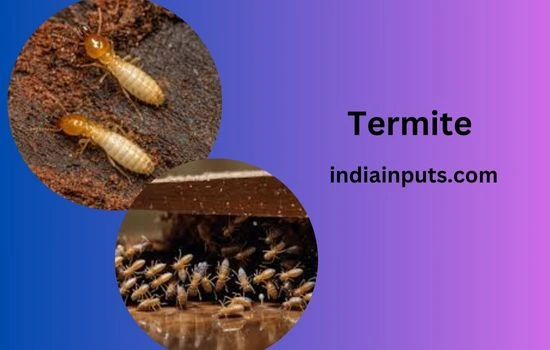
Termites, often referred to as “white ants,” are social insects known for their ability to consume wood. They are found in colonies and play a dual role as decomposers and pests.
Key Features:
- Size: 3-15 mm
- Color: Pale to dark brown
- Habitat: Soil, wood, and man-made structures.
Importance:
- Breaks down dead plant material, recycling nutrients.
- Can cause significant damage to wooden structures.
9. Dragonfly
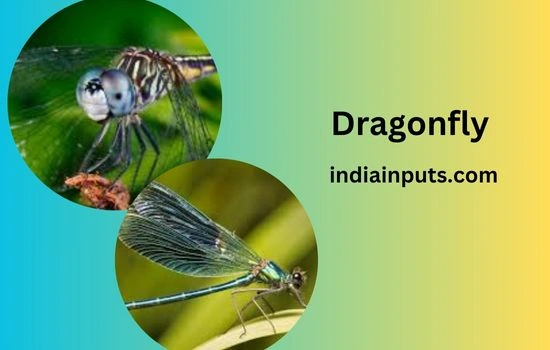
Dragonflies are elegant insects often seen near water bodies. Known for their agile flight, they are effective predators of smaller insects, including mosquitoes.
Key Features:
- Size: 2-5 cm
- Color: Metallic hues, often green or blue
- Habitat: Ponds, rivers, and wetlands.
Importance:
- Controls mosquito populations by feeding on larvae and adults.
- Acts as indicators of freshwater ecosystem health.
10. Ladybird Beetle
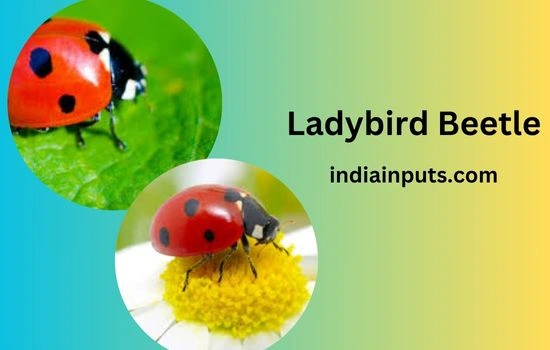
Ladybird beetles, commonly called ladybugs, are small, brightly colored insects often seen in gardens. They are considered beneficial for their role in pest control.
Key Features:
- Size: 1-10 mm
- Color: Red, yellow, or orange with black spots
- Habitat: Gardens, fields, and forests.
Importance:
- Feeds on aphids and other pests, protecting plants.
- Contributes to maintaining a balanced ecosystem.
Ecological Roles of Insects
Insects are indispensable to ecosystems. They perform several key roles:
- Pollination: Insects like butterflies, bees, and some ants aid in the pollination of crops and wild plants.
- Decomposition: Houseflies, termites, and cockroaches help decompose organic material, recycling nutrients.
- Pest Control: Predatory insects like ladybird beetles and dragonflies help control populations of harmful pests.
- Food Web Support: Insects form the base of many food chains, serving as food for birds, reptiles, and amphibians.
Challenges Faced by Insects
Despite their importance, insects face numerous threats, including:
- Habitat Loss: Urbanization and deforestation are reducing natural habitats.
- Pesticides: The widespread use of chemical pesticides harms beneficial insects.
- Climate Change: Changes in temperature and weather patterns disrupt insect populations.
Conservation Efforts
To protect these valuable creatures, we must:
- Preserve natural habitats and create insect-friendly spaces in urban areas.
- Promote the use of organic and sustainable farming practices.
- Raise awareness about the importance of insects in ecosystems.
Conclusion
Insects are often overlooked despite their significant contributions to ecosystems and human life. From pollination and pest control to decomposition and nutrient cycling, they play a critical role in maintaining environmental balance. By understanding their importance and taking steps to protect them, we can ensure the health of our ecosystems and the sustainability of agriculture in India.

